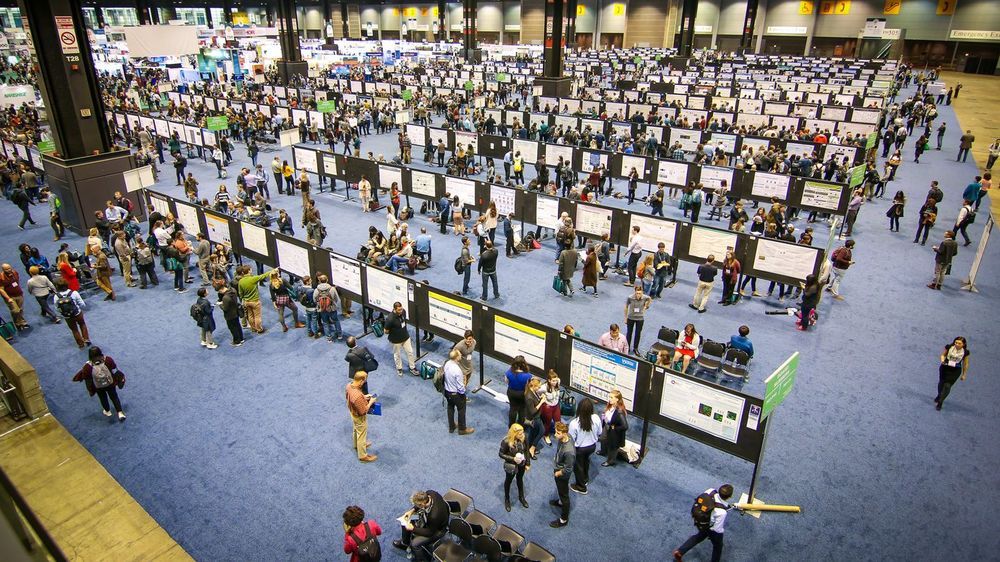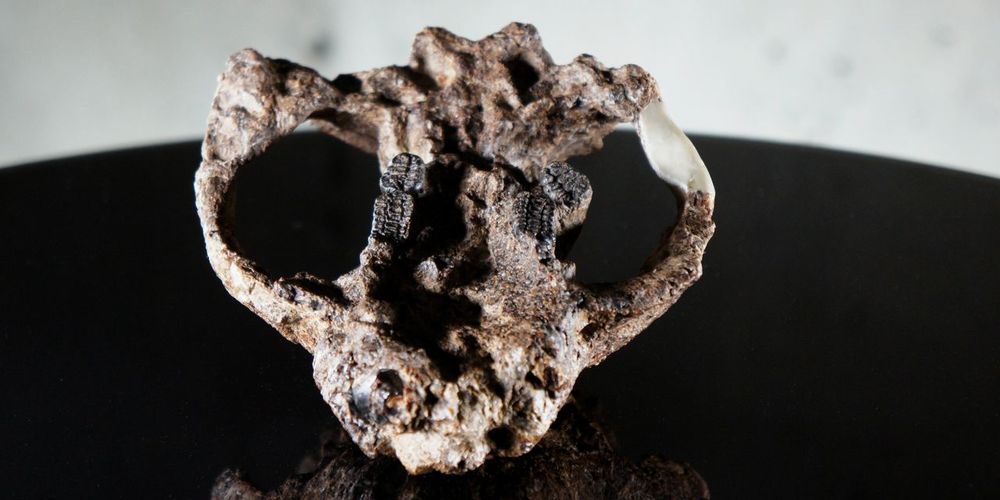Physicist Usama Hussain laughed uncomfortably every time the conversation even got close to the question, “Do you look for nothing?” His professors would kill him if they heard him agree with that. After all, he’s technically looking for a brand new particle that may or may not exist, with the hopes that it might help explain some of the Universe’s weirdness.
But hunting for a new particle (even the famous Higgs Boson) is a search for something by finding all of the nothing. It requires confirming all of the places it can’t be, and understanding all the properties it doesn’t have, so what’s left is the discovery. It’s like carving a sculpture from marble. You spend all your effort removing the nothing, and maybe you’ll end up with something. Or maybe not.









